Think of a computer and your mind might conjure the brushed steel contours of the latest must-have laptop or, for those of a certain age, a room full of whirring cabinets and reel-to-reel tape decks. The era of electronic computing has its roots in the code-breaking exploits of Bletchley Park; but the need for repetitive and reliable number-crunching did not suddenly begin with the wartime threat of Nazi submarines. For centuries, such
everyday activities as banking, commerce, engineering and navigation have all relied on computing to manipulate large amounts of numerical information. But before there were machines to do the mathematical
donkey-work, there were human brains, and in the 19th and early 20th centuries a computer was not a device but a person.
The physical sciences have a particular appetite for big numbers, and perhaps none more so than astronomy, in which vast distances and dizzying spans of time are coupled with the sheer quantity of objects that populate the night sky. In the late 19th century, astronomers were faced with an explosion of data driven by advances in photographic technology, and at Harvard Observatory the problem of cataloguing and analysing it all was solved in what was, for the time, a rather unusual way. The director, Edward Pickering, was actively recruiting ladies to join his team of human computers, and over the next few decades his policy opened the way for a cohort of remarkable women to make their mark.
Their story is the subject of Dava Sobel’s The Glass Universe. Sobel is hugely successful as a populariser of scientific history and her instinct for unearthing compelling but largely untold stories has led to a string of bestsellers. Part of her popularity is down to a knack for channelling the dry facts of biography and scientific research into a dramatic narrative, an approach that has occasionally set her at odds with academic historians of science, but in The Glass Universe it serves her well; and, while her affection for her subjects is obvious, she wisely lets their stories speak for themselves. In the process, Sobel has done astronomy a valuable service in enabling a fascinating part of its history to become more widely known.
The post of human computer offered graduates of the new women’s colleges an alternative to the standard career options of schoolteacher or wife, but there were also opportunities for talented and intelligent women without formal qualifications. Often the rigours of the job had to be balanced against domestic duties, and Sobel highlights stories of hardship as well as great strength of character. Annie Jump Cannon, the daughter of a senator, overcame severe deafness and a devastating bereavement to become an indispensible member of the observatory staff, while Williamina Fleming was a single mother from Dundee who started out as Pickering’s housemaid but rose through the ranks of computers to become curator of astronomical photographs, the first woman to hold a formal title at Harvard.
Beset by endless worries over funding, Pickering himself also emerges as a fascinating character. One of the reasons for his unusual hiring policy was simply that women could be paid much less than their male counterparts; but, despite being teased about his ‘harem’, he seems to have been motivated by a genuine desire to give talented women a chance to contribute to science, and he made considerable efforts to ensure that they were recognised for their achievements. His progressive outlook also manifested itself scientifically, and although he was by no means the first astronomer to use photography, he was ahead of the game in realising its full potential as an astronomical tool.
Unlike a fallible human observer squinting through the telescope, a camera attached to the same eyepiece would simply record what it saw, fixing the view in light-sensitive emulsion on a glass plate. With a long exposure, a photograph could become more sensitive than the human eye, revealing stars and other objects far fainter than anyone had seen before: in a test exposure of one small patch of sky, Pickering and his brother found 462 stars where only 55 had previously been known.
Another advantage of the new technology was that, once made, a photograph could be studied at leisure. The brightness of individual stars could be rigorously quantified, while a magnifying glass could expand tiny areas of the plate, revealing more in the image than the telescope could show in the sky. A photographic archive of the heavens opened whole new avenues of research: not only the brightness but also the temperature, motion and chemical composition of the stars could now be measured, while photographs of the same area taken at different times could reveal changes in behaviour or even the appearance of new objects.
With thousands of glass plates being generated by Harvard’s cameras, it was the daunting task of the human computers to catalogue each image and extract from it information on as many astronomical objects as possible. Pickering’s successor as director, Harlow Shapley, jokingly quantified the work in terms of the number of ‘kilo-girl hours’ it would take, but Sobel squashes the myth that these women were simply human automata, engaged in the astronomical equivalent of fiddly but repetitive needlepoint. Their sharp intellects and intimate familiarity with the photographic plates meant that they could spot novelties and underlying patterns that would be invisible to the casual observer. When those were combined with a burning curiosity about the workings of the cosmos, all the ingredients for a series of important discoveries were in place.
Sobel gives us an impressive roll call of astronomical achievements. Williamina Fleming is perhaps now best known for discovering the Horsehead Nebula, but during her long career she also found ten flaring novae and over 300 variable stars, while Annie Jump Cannon perfected a system for classifying stars by their colours which is still used today. Henrietta Swan Leavitt’s method for calculating stellar distances is fundamental to our understanding of the scale of the cosmos and was later used by Edwin Hubble to demonstrate the existence of galaxies outside our own Milky Way and the expansion of the universe itself; while Cecilia Payne-Gaposchkin became the recipient of the first doctorate in astronomy ever to be awarded at Harvard, with a thesis demonstrating that the stars are made predominantly of hydrogen.
Sobel brings The Glass Universe to a close in the years immediately after the second world war, when the Harvard computers had proved their worth yet again in fields as diverse as marine navigation and military ballistics. But her story has several sequels that lend it a very contemporary relevance. There is renewed interest in the glass plates so carefully catalogued over a century ago; and astronomers are now embarked on a project to digitise the entire archive as a precious record of past skies in which new discoveries are still waiting to be made. And the postwar period saw a new generation of women entering astronomy, many of whom helped to shape the field as it now stands. Among them was Vera Rubin, who died on Christmas Day 2016 at the age of 88. After overcoming discrimination early in her career, Rubin discovered compelling evidence for the existence of Dark Matter in the 1970s and went on to become a revered elder stateswoman of astronomy.
Science is hungry for the brightest brains, regardless of the gender of the body in which they happen to be found. While Sobel focuses on Harvard Observatory, her book arrives at a time when the stories of other pioneering female astronomers are beginning to receive the attention they deserve. In the UK, the Royal Observatory Greenwich also employed ‘lady computers’ and several of these went on to make significant contributions to science, including Annie Russell Maunder, whose work on sunspots is relevant to modern studies of the Earth’s climate. Maunder was among the first women to be elected to Britain’s Royal Astronomical Society in 1916, and last year the RAS was able to celebrate a century of discoveries by its female fellows.
Astronomy has always been one of humanity’s greatest intellectual adventures and The Glass Universe is a timely reminder that when we remove the barriers that prevent curious minds from contributing we are all enriched as a result.
Got something to add? Join the discussion and comment below.
Get 10 issues for just $10
Subscribe to The Spectator Australia today for the next 10 magazine issues, plus full online access, for just $10.
You might disagree with half of it, but you’ll enjoy reading all of it. Try your first month for free, then just $2 a week for the remainder of your first year.

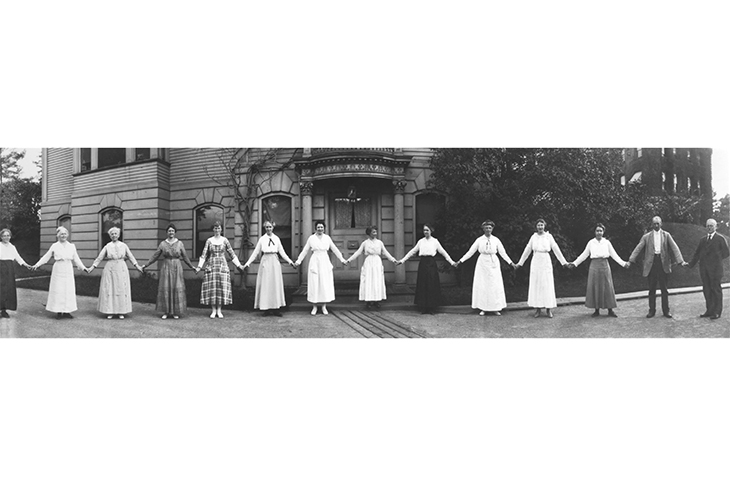
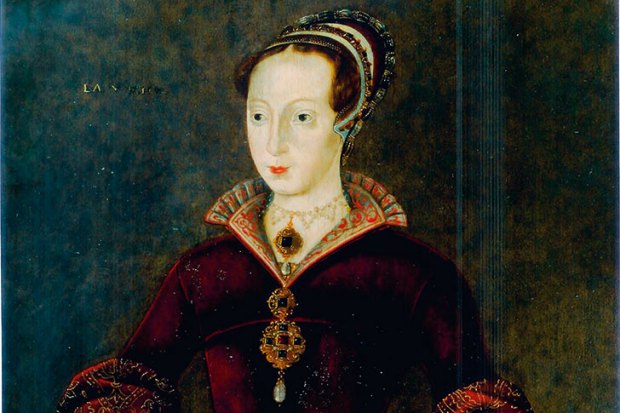

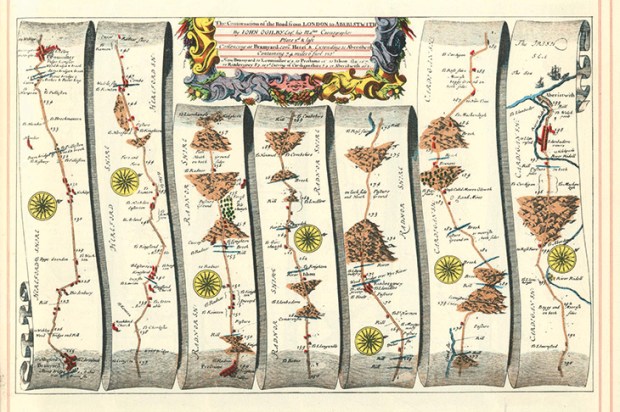
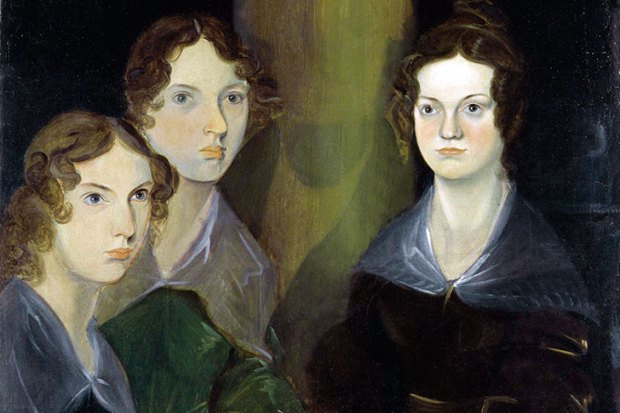

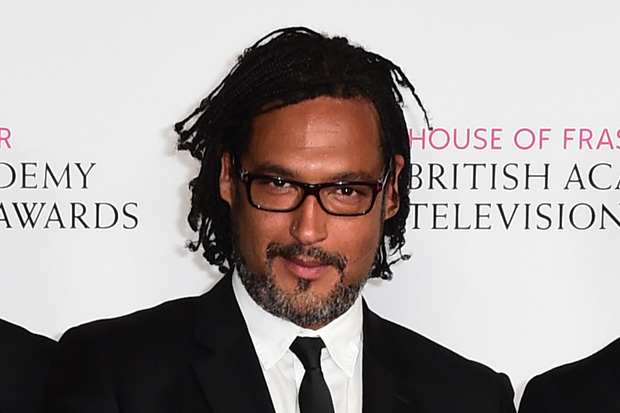

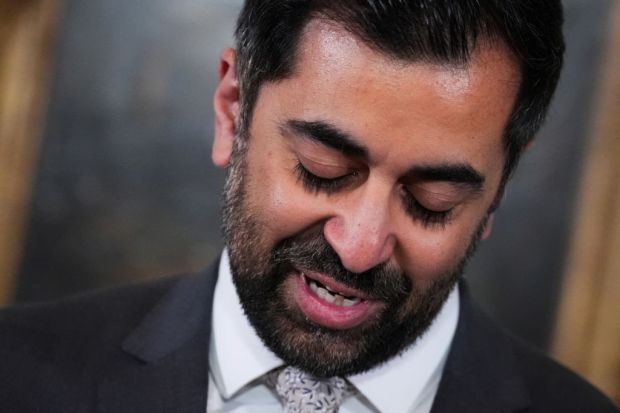
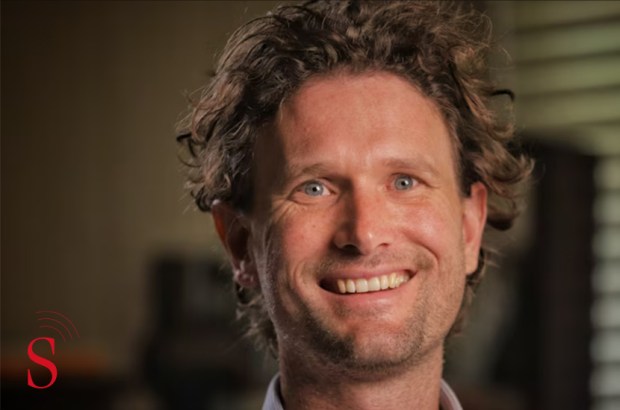
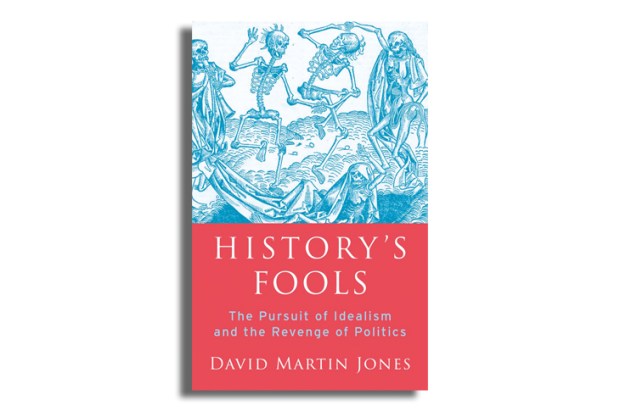

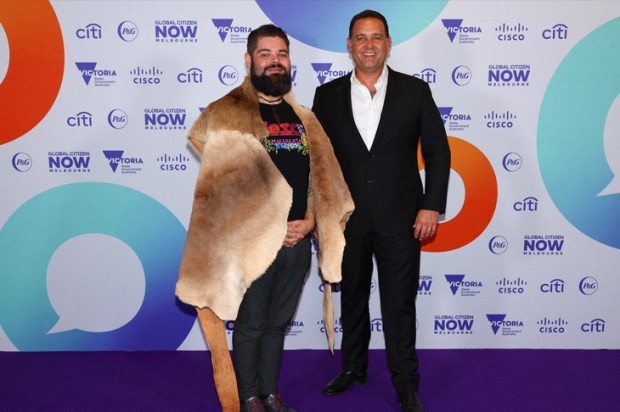
Comments
Don't miss out
Join the conversation with other Spectator Australia readers. Subscribe to leave a comment.
SUBSCRIBEAlready a subscriber? Log in